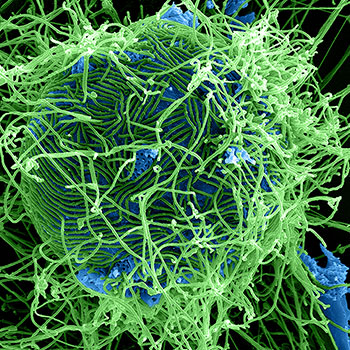What is molecular weight in chemistry?
1 Answer
It is the weight of 1 mole of the substance.
Explanation:
A mole is defined as
Different compounds have different molecular weights because they are made up of different atoms, for example, the molecular weight of NaCl is 58.44 g/mol, whereas for KCl it is 74.5513 g/mol. If you weighed out 58.44 g of NaCl, and 74.5513 g of KCl, then both piles of chemicals would contain the same number of molecules,
This is important if you are reacting two compounds together because you want the correct proportions of molecules of the compounds (e.g. 1:1, 1:2 etc.) reacting together. That is, it is not a proportion of weights that is important, but the proportions of the number of molecules.
An understanding of moles (and molarity, which is moles per liter) is important for all science students.
You can read more about moles and molarity in this blog post .

